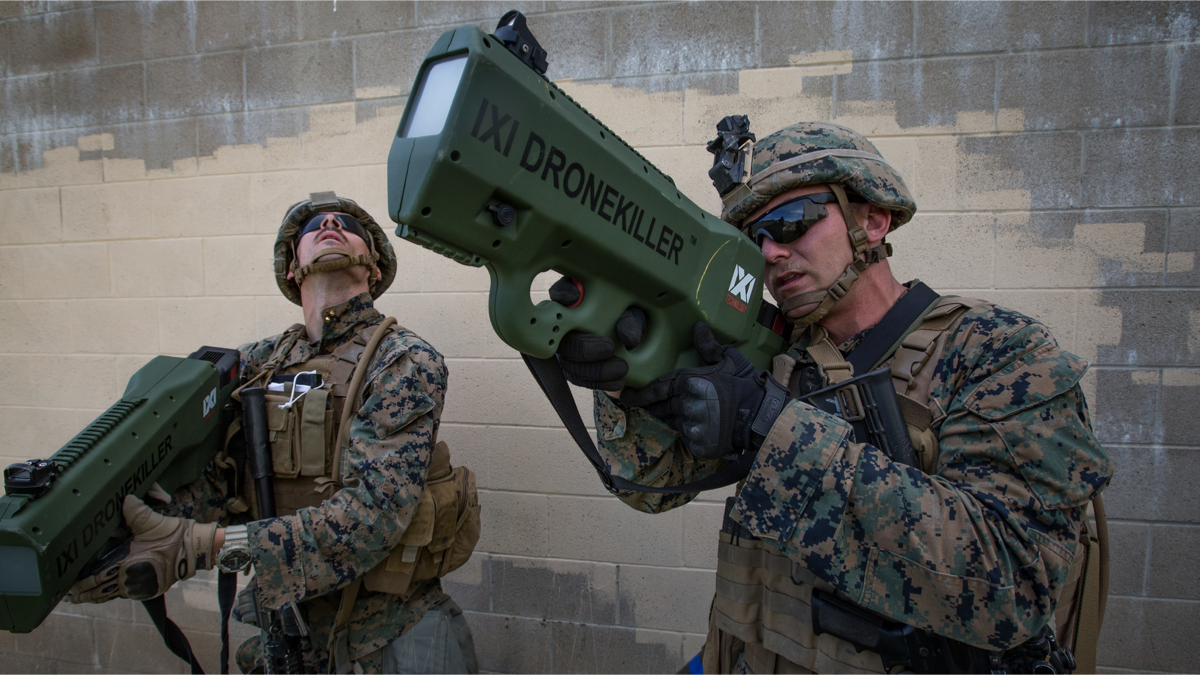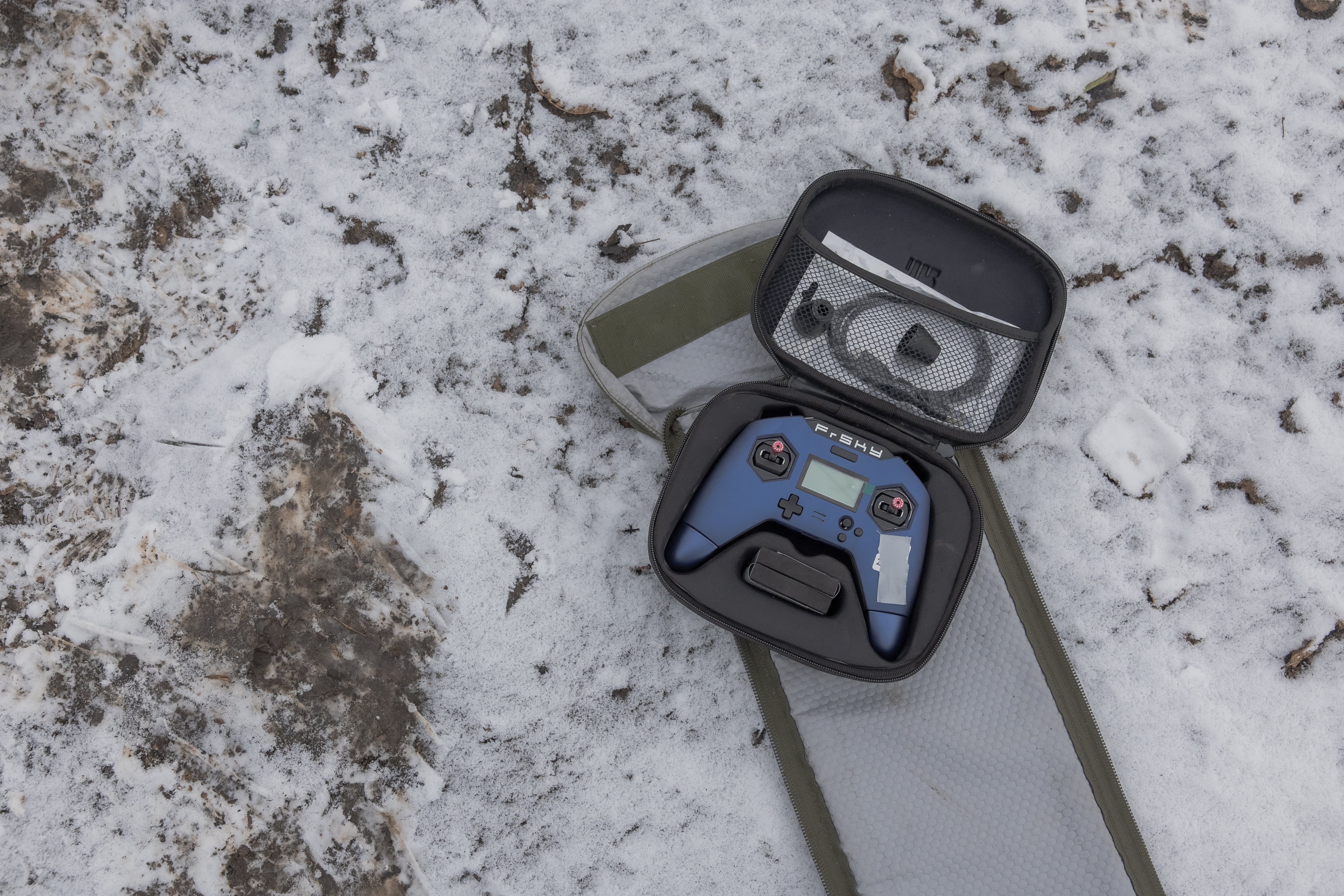On the battlefield, there are a handful of immediate needs in small packages a drone can meet, and perhaps none is more promising than the “blood drop.”
Transporting blood by drone matches the strengths and constraints of small uncrewed aerial systems. It’s one reason that, in May 2018, DIUx put out a request for a drone capable of delivering 5 pounds of blood over 60 miles. That already exists in the civilian and aid world, from drone delivery companies like Zipline, and it is coming close to a reality for military models, too.
Vapor all-electric drones, designed by Pulse Aerospace before it was acquired by Aerovironment, were on display at the 2019 Defence and Security Equipment International exposition in London. The Vapor series comes in 35- and 55-pound models, with similar airframes and characteristics across the brand. For the Vapor 35 this includes a 5-pound payload capacity, which can go up to 10 pounds in the Vapor 55.
While the payload of the Vapor 35 is likely going to be used up with sensors, the Vapor 55’s greater payload capacity, reports Jane’s 360, is useful for “troop-in-contact resupply, blood drops, and the like.”
Blood drops!
Medical researchers at Johns Hopkins determined in 2015 that small vials of blood could be transported as safely by drone as by car. A 2016 demonstration with a hexacopter showed that blood could be transported from ship to shore by drone, a valuable tool for both relief work and possibly contested beach landings. Later research showed that not just blood samples but whole bags of blood for transfusion could be carried by small flying robot, meeting not just testing needs but promising immediate delivery to a human in need.
The range of the miniature helicopter-bodied Aerovironment Vapor drones is not the full 60 miles that DIUx was looking for, though at 35 miles it is more than halfway there. The all-electric operation likely means the drones are quieter than internal combustion-powered alternatives, which could prove useful if the drones need to fly relatively unnoticed to get their blood or other vital payload where it needs to be.
War is, fundamentally, a bloody business. What is novel, for now, is blood resupply by robot, but with a greater proliferation of platforms capable of blood delivery, it may become as routine in the 2020s as surveillance by drone was for the 2010s.
Kelsey Atherton blogs about military technology for C4ISRNET, Fifth Domain, Defense News, and Military Times. He previously wrote for Popular Science, and also created, solicited, and edited content for a group blog on political science fiction and international security.








